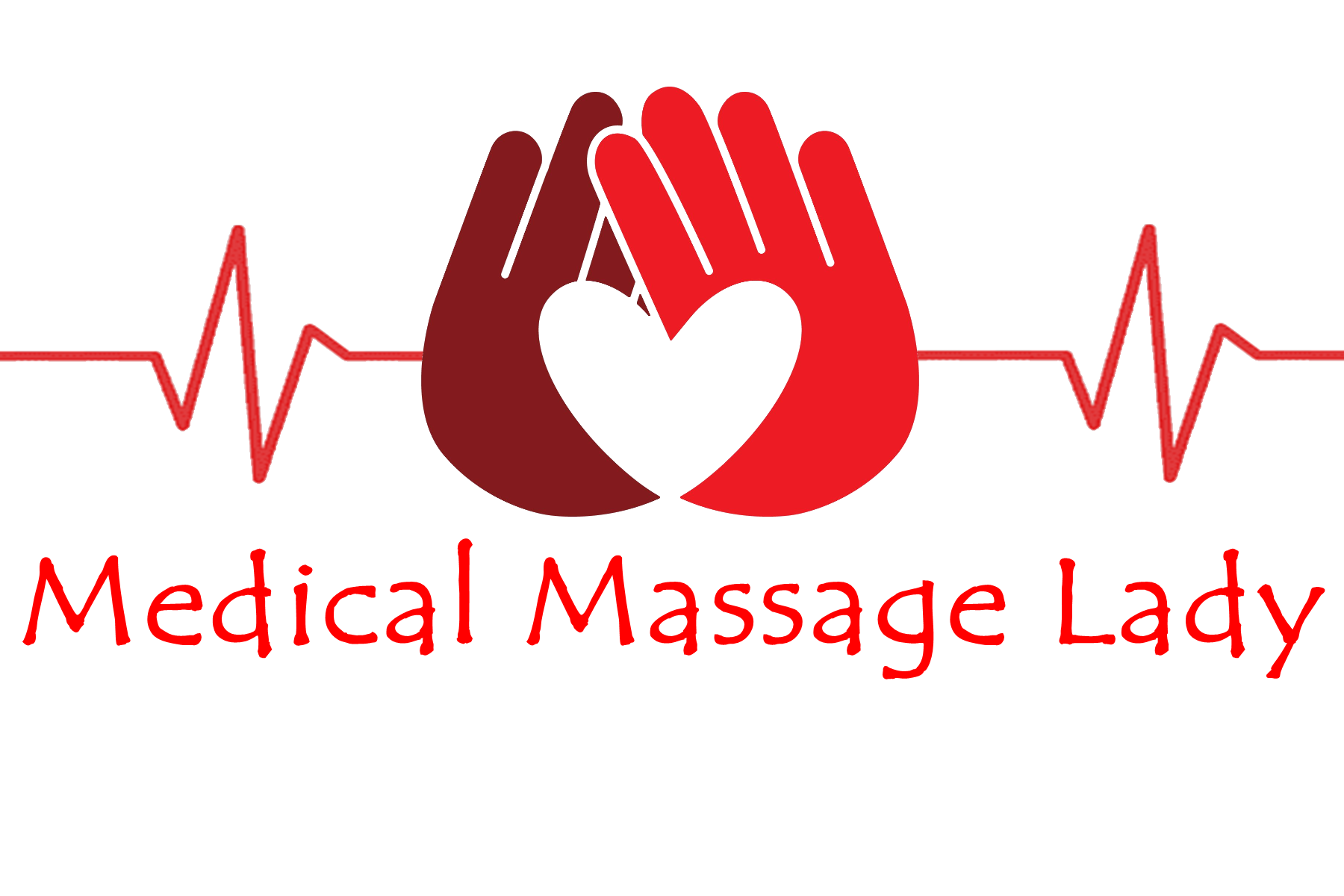- 07736 104738
- sam@medicalmassagelady.com
- Mon - Sat, 8:00 - 18:30
I see so many clients who come for a treatment stating that they have a back problem,yet more often than not,it becomes evident that their back isn't actually the cause of their back pain.
With an increasing number of people leading a sedentary lifestyle, or starting up an exercise plan without stretching properly,the quad muscles at the front of the thigh can become tight. Tight quad muscles can affect the pelvic alignment and can create chronic issues with posture if not addressed. This may happen ina couple of ways:-
1)The largest of the quad muscles, the rectus femoris,crosses the hip as well as the knee, and so if this muscle is tight, it will pull down on the anterior superior iliac spine of the pelvis (hip bone), where it originates. This will cause a forward tilt of the pelvis, and the lumbar spine, which is licated between the 2 hip bones, is also pulled downwards.This increases the arch in the lower back and in chronic cases will cause lordosis. The muscles in the lower back, such as the quadratus lumbrorum, which originates at the pelvis and inserts at the lumbar vertebrae and the 12th rib, consequently tighten, causing pain.

2)The quads and hamstrings oppose each other and tight quads can lead to weak hamstrings, due to them being stretched by the forward pelvic tilt. When you're sitting, the hamstrings generally pull the pelvis down slightly at the back, to maintain good posture and protect the back. If the quads are tight, the pelvis is pulled forwards, causing the back to be lifted up, pulling on the hamstrings. This can weaken the hamstrings and a persons ability to maintain good posture when sitting is lost.This places added stress on the back.

As a therapist I often carry out the rec fem test on my clients if I find indicators of tight quads, for example, if a client has pain when pressure is applied to the sacral sulcus. If the sacrum rises when the quads are stretched by bringing the clients heel to their bottom, this is a clear indicator of a tight rectus femoris muscle, causing a pelvic tilt.

If pain is felt at the sacral sulcus and across the posterior iliac spine, this can cause referred pain to the buttocks, back of the thigh and the groin.This may worsen further if the IT band is tight, as it will pull on the tensor fasciae latae, which also originates at the anterior iliac spine of the pelvis.

HOW YOU CAN TEST THE TIGHTNESS OF YOUR QUADS.

1)Touching your toes - if you round your back to touch your toes then your hamstrings are tight.If you bend at the hips and and easily touch your toes then your quads may be tight
2)Stand and push your hips forward, from your sitting bones, as far forward as you can go. How far can you go and does it feel painful or tight?
3)Camel yoga pose - can you hold your ankles behind you? Do you need to modify the pose instead of gently arching the back due to pain? - if so the quads are tight
4)Lunge - does the front of the hip on the back leg feel tight or painful?
5)Warrior II yoga pose - is the back leg painful or tight?
The good news is that if you book in with me for a deep tissue massage, I can restore the balance between your quads, pelvis and back, and I also work on the tensor fasciae latae, the IT band and the piriformis, helping to reduce pain and tightness and improve flexibility.




